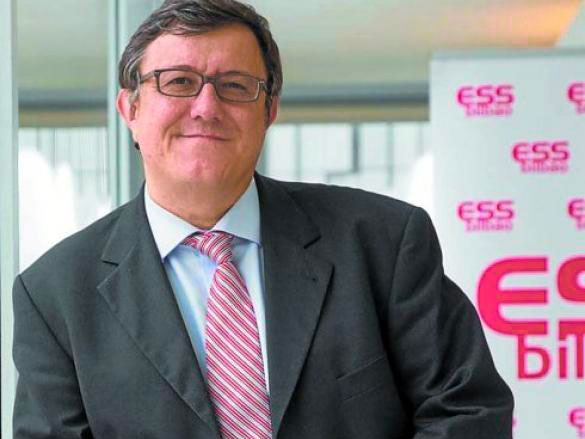
September 2019 saw the launch in Europe of the ESFRI Roadmap 2021 update, a two-year process that will ultimately lead to define the forthcoming strategy for European Research Infrastructures. Established in 2002 and made up of representatives of the member states of the European Union appointed by the research ministers, and representatives of the European Commission, the Forum establishes a European Roadmap for the coming 10-20 years for new research infrastructures with a pan-European interest. Main goal of the Forum is the development of a joint vision and a common strategy beyond individual policies, thus providing Europe with the most up-to-date Research Infrastructures, also advancing the knowledge-based technologies and their extended use. The Roadmap combines ESFRI projects, which are new research infrastructures underway towards implementation, and ESFRI landmarks, successfully implemented research infrastructures. The strategic report on research infrastructures will be published by ESFRI in 2021, having 5 May 2020 as the deadline for the submission of proposals.
The Roadmap envisages the internationalization of infrastructures and the expansion of research objectives in a pan-European direction. In this sense, in recent years the INFN has consistently strengthened the participation in European research infrastructures and the internationality of its infrastructures. Two projects involving INFN are included in the 2018 Roadmap: KM3Net 2.0, currently at an advanced stage of implementation in Sicily, under the coordination of the INFN Southern National Laboratories, dedicated to the detection of high energy neutrinos, with important connections with interdisciplinary environmental research; and, in the cultural heritage sector, the E-RHIS (European Research Infrastructure for Heritage Science) project, promoted by the Italian National Research Council (CNR), which sees in the LABEC laboratory of INFN, in Florence, one of its pillars. Among the "Landmarks", the latest Roadmap lists the profitable upgrading of large projects in which the INFN participates significantly. Among these, there are the Cherenkov Telescope Array (CTA), the High-Luminosity LHC (HL-LHC), the Facility for Antiproton and Iion Research (FAIR) and SPIRAL2 (Système de Production d'Ions Radioactifs en Ligne de 2e génération). In addition, numerous landmarks of the ESFRI Roadmap 2018 are the result of the common strategy of INFN with CNR and Elettra Sincrotrone Trieste, which define the programs for the construction of accelerator machines and their exploitation by users: the output of this process is the partecipation of Italy in different European projects, such as the XFEL (EU XFEL), the European Spallation Source Facility Extremely Brillian Source (ESS EBS), the Extremely Light Infrastructure (ELI), the European Synchrotron Radiation Facility (ESRF) and the SESAME accelerator, in Jordan. Among the projects not yet included in the ESFRI Roadmap, on which Europe is focusing and that see the INFN in the front row, the EUPRAXIA (Compact European plasma accelerator with superior beam quality) project and the Einstein Telescope (ET) project, for the construction of a large third generation underground interferometer.
Fundamental for drafting the ESFRI Roadmap is a clear picture including societal challenges, the state of the art of research and its projection in the future, the sustainability of projects and their impact on Europe in terms of innovation, knowledge development and investment in incubators for pan-European and global research infrastructures. To pursue this goal, specific working groups have been set up with the task of developing a series of key performance indicators to address the most common objectives of pan-European research infrastructures.
We’ve asked to José Luis Martínez Peña, Research Professor at Instituto de Ciencia de Materiales de Madrid (CSIC) and Chair of the ESFRI Physical Sciences and Engineering Working Group to outline the next steps in the ESFRI Roadmap preparation.
The Physical Sciences and Engineering Strategy Working Group that you lead is one of the six ESFRI Working Groups, besides Energy, Health and Food, Environment, Social and Cultural Innovation, Data, Computing and Digital Research infrastructures. These are research domains that play a relevant role in facing grand societal challenges and give fundamentals to the whole ESFRI strategy building process. How will it be possible to manage the balance among such different themes to enhance a proficient and coherent strategy?
Actually, the organization of ESFRI in six Strategy Working Groups (SWG) is a practical approach, in order to perform the evaluation of the new proposals and the landscape analysis. However, ESFRI is a non-budget Forum and for this reason, as we work without money, we don’t need to guarantee “a balance” among the six SWGs. On the other hand, our work is performed after the different proposals are presented by the European researchers. In this sense, at the beginning of ESFRI many requests came from Physical Sciences and Engineering (PSE) SWG, while in recent years the demand is much stronger in Health and Food or Environment. ...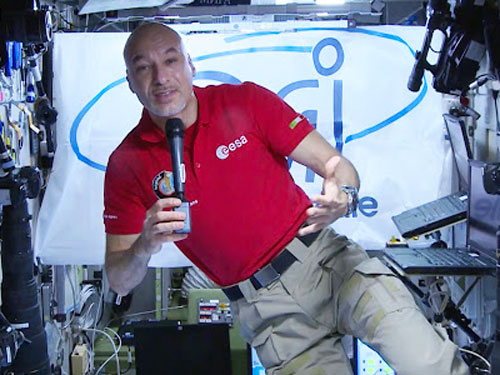
The Mini-EUSO space experiment, an ultraviolet telescope launched in August 2019 and activated aboard the International Space Station by the ESA astronaut Luca Parmitano at the beginning of October, has collected its first data. Among them, the observation of several ELVES, (Emission of Light and Very low-frequency perturbations due to Electromagnetic pulse Sources) stands out. ELVES are a class of ring-shaped lightning strikes ...
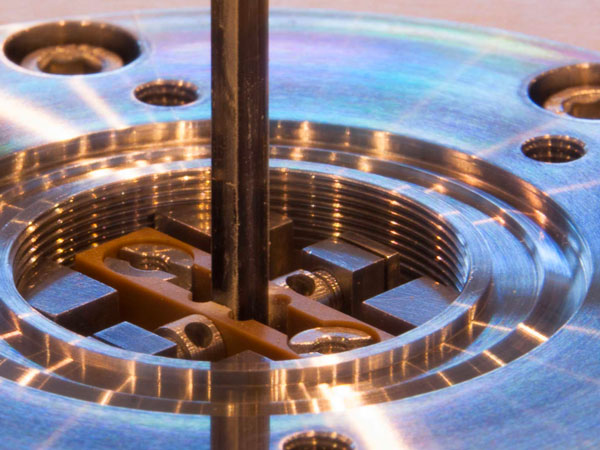
The MICE (Muon Ionization Cooling Experiment) international collaboration has published a study in Nature in which it announced that it has for the first time studied a crucial process for the construction of future muon accelerators called "muon cooling by ionisation". The result was obtained at the Rutherford Appleton Laboratory (RAL, UK), by the MICE experiment, in which Italy is participating with the INFN divisions of Milan ...
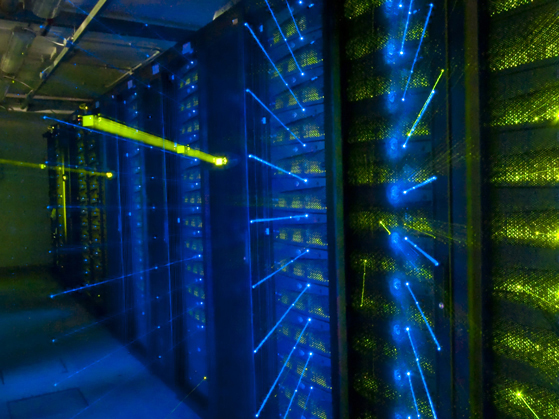
An agreement of the highest scientific value aimed at a first, significant completion of the National Personalised Oncology Programme, has been signed between the Alliance Against Cancer (AAC) and CNAF, the National Institute for Nuclear Physics Centre for research and development in the field of information technology applied to nuclear physics and high energy experiments. The partnership ...
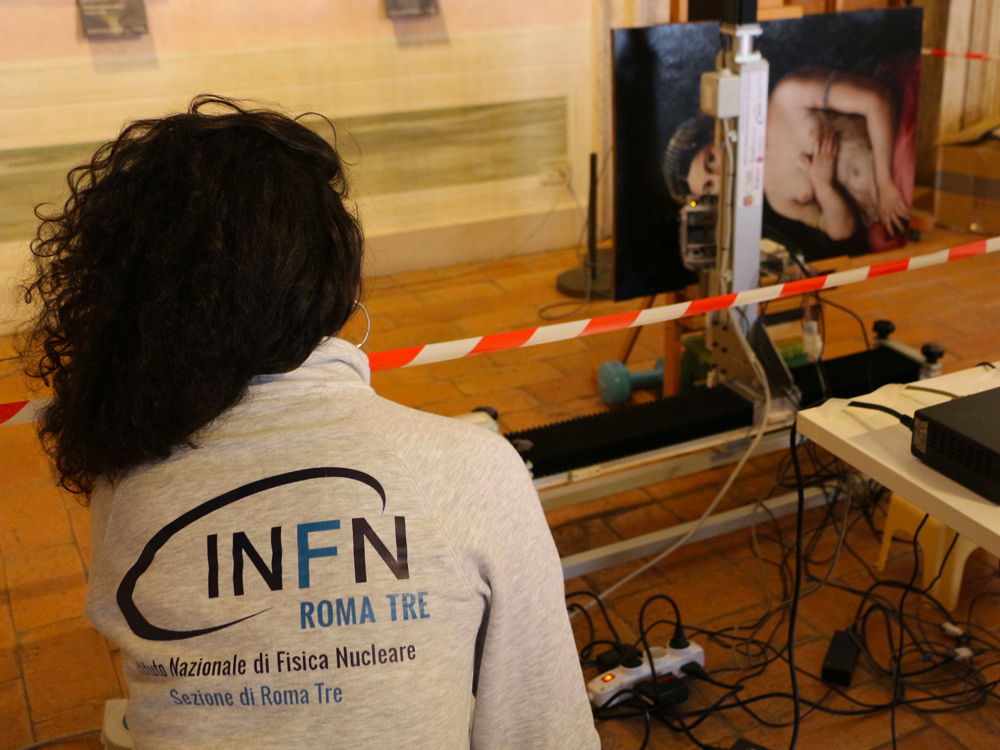
On 11 February, INFN took part in the International Day of Women and Girls in Science, established in 2015 by the United Nations General Assembly to promote the full and equal participation of women and girls in science, education, training, employment, and decision-making processes. INFN participated in the day with numerous initiatives, including seminars, meetings with students and contributions to international events. ...
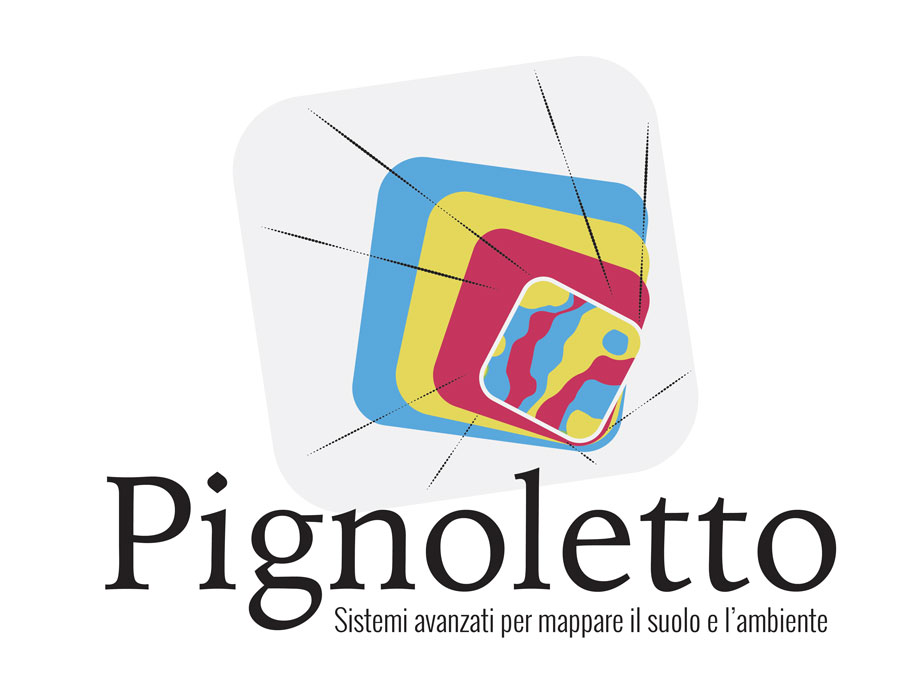 PIGNOLETTO – ADVANCED SYSTEMS TO MAP THE SOIL AND THE ENVIRONMENT
PIGNOLETTO – ADVANCED SYSTEMS TO MAP THE SOIL AND THE ENVIRONMENT
Develop soil and environment precision analysis systems to be installed on remotely piloted devices such as drones or satellites to monitor and study the land with the innovative approach of precision agriculture: this is the central idea of the Pignoletto project, which aims to create a technological hub in Lombardy integrating the skills of the aerospace and agri-food sectors, stimulating and enhancing synergies between the scientific and industrial stakeholders present in the Region. The project is supported by a consortium consisting of INAF, INFN and Milan Bicocca University (departments of Biotechnology and Biosciences, Environmental and Earth Sciences, Systems and Communication Information Technology and Physics) for the research world and six Lombard companies for the industrial sector: Antares, Else Nuclear, Fem2 Ambiente, Aermatica 3D Blu Electronic and Redcat Devices. ...
Technological detail of the national computing grid GARR.
© GARR
INFN - COMMUNICATIONS OFFICE
comunicazione@presid.infn.it
+39 06 6868162
Coordination:
Francesca Scianitti
Project and contents:
Eleonora Cossi, Francesca Mazzotta, Francesca Scianitti, Antonella Varaschin
Graphic design:
Francesca Cuicchio
Translation
ALLtrad
ICT service:
Servizio Infrastrutture e Servizi Informatici Nazionali INFN